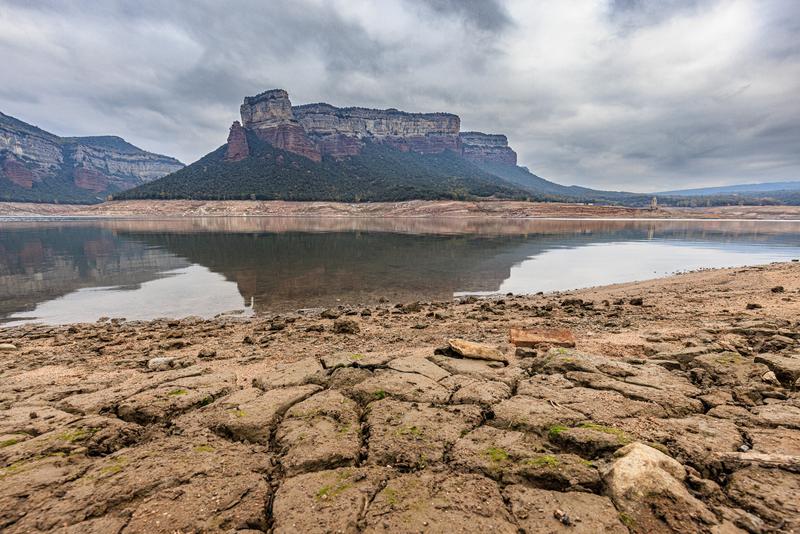2023: Catalonia's second-warmest year on record
Annual precipitation was between 50% and 70% of the average

2023 was the second-warmest year on record in Catalonia, behind only 2022, according to the Meteorological Service of Catalonia (Meteocat). Last year was also one of the driest years on record.
Average temperatures passed 18°C in coastal and pre-coastal areas of the southern third of Catalonia, in the Tarragona area, and on the central coast.
At the other extreme, high-lying areas, above 2,500 meters, had an average annual temperature of around 3.5°C.
In addition, it has been a dry year, amid the worst drought on record in Catalonia. Annual precipitation has only been 50% to 70% of the average, and less than 50% in some areas.
Nine warm and dry months
Meteocat classified nine months during 2023 as warm – January, February and May being the exceptions. September, October and November were very warm, three degrees warmer than the average in some areas.
Nine months were also classified as dry, with the lack of rainfall especially noticeable in spring and autumn, continuing a trend from 2022.
Extreme weather events
There were several extreme weather events during 2023, according to Meteocat.
During the second half of January there was an episode of wind, intense cold, and frost across most of Catalonia.
There were four exceptionally warm days in March (10-13), surpassing maximum temperature records for the month in some parts.
At the end of April there was an episode of extraordinary heat that ended with storms in northern Catalonia.
On June 29 and 30, storms caused extreme rainfall in Bages, in central Catalonia.
On July 11, maximum temperatures of 41°C were recorded in Ponent, western Catalonia, while on August 10, temperatures reached 43°C in the Ebre valley.
On October 1, temperatures exceeded 30°C across much of Catalonia.
On a global scale, 2023 looks set to be the warmest year on record, and the second-warmest in Europe, after 2020.